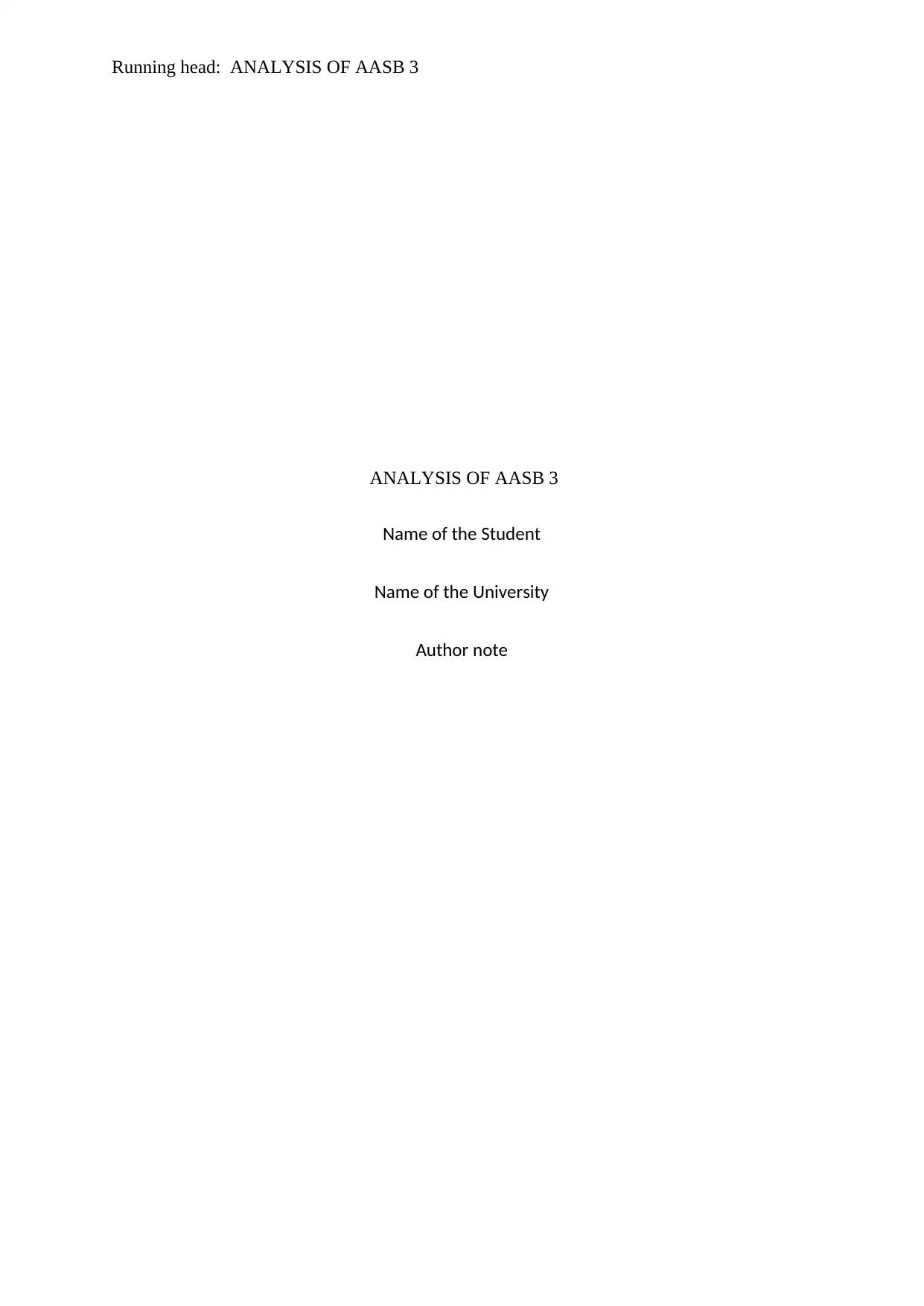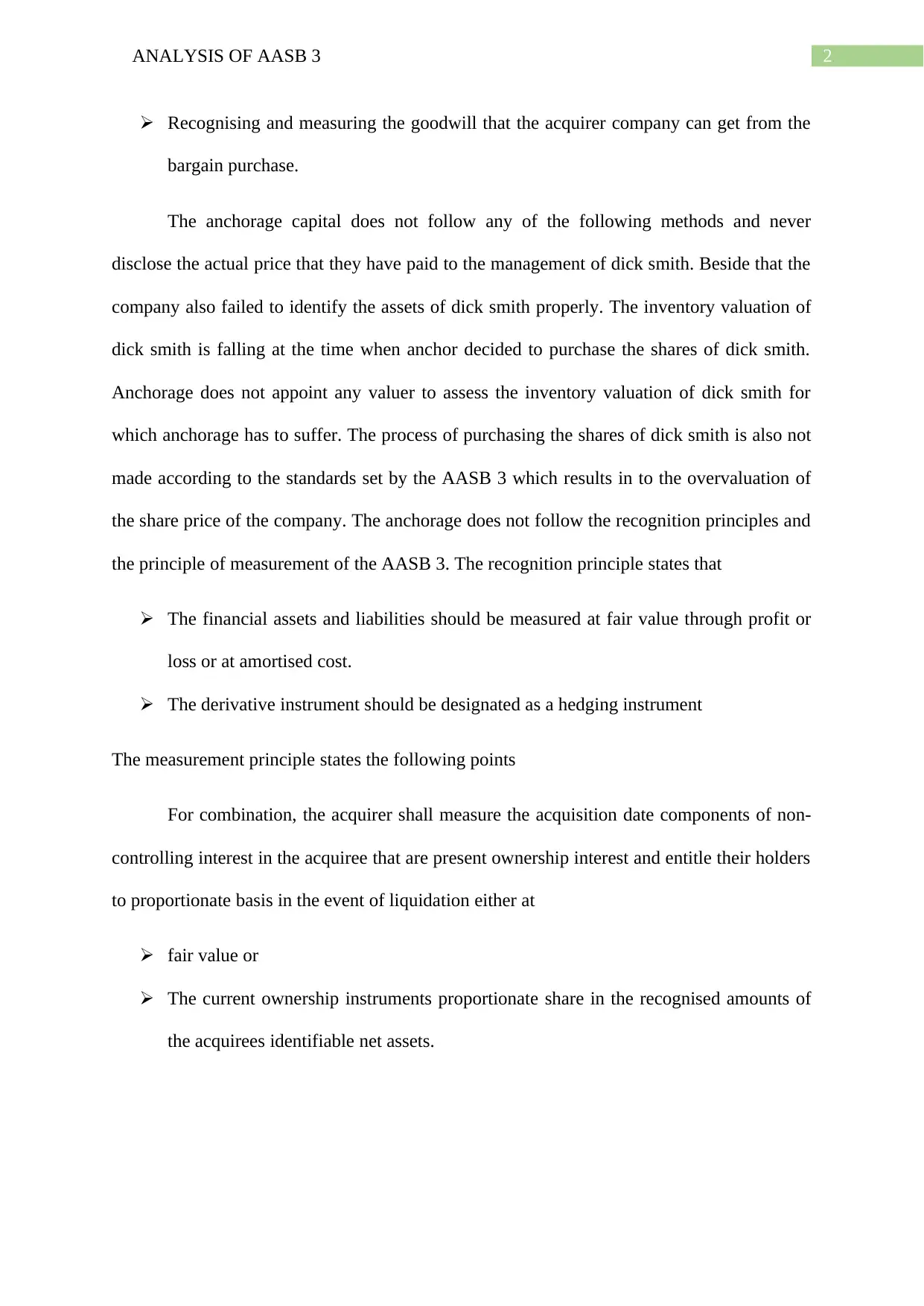Analysis of AASB 3 Business Combinations: Case Study
VerifiedAdded on 2023/01/16
|4
|603
|78
Essay
AI Summary
This essay analyzes the application of AASB 3 Business Combinations, focusing on the acquisition of Dick Smith by Anchorage Capital in November 2012. The essay discusses the key guidelines of AASB 3, including the recognition and measurement of identifiable assets, liabilities, and goodwill. It highlights the failures of Anchorage Capital to adhere to the standard, such as not identifying assets properly and failing to determine the actual price paid. The essay also addresses the recognition and measurement principles of AASB 3, emphasizing fair value and the measurement of noncontrolling interests. The analysis references the expansion of Dick Smith stores under new ownership and the subsequent collapse of the company, linking these events to the acquisition's financial outcomes and the importance of following accounting standards. The essay provides a critical examination of the case, supported by relevant literature, to illustrate the practical implications of AASB 3 in business combinations.
1 out of 4










![[object Object]](/_next/static/media/star-bottom.7253800d.svg)